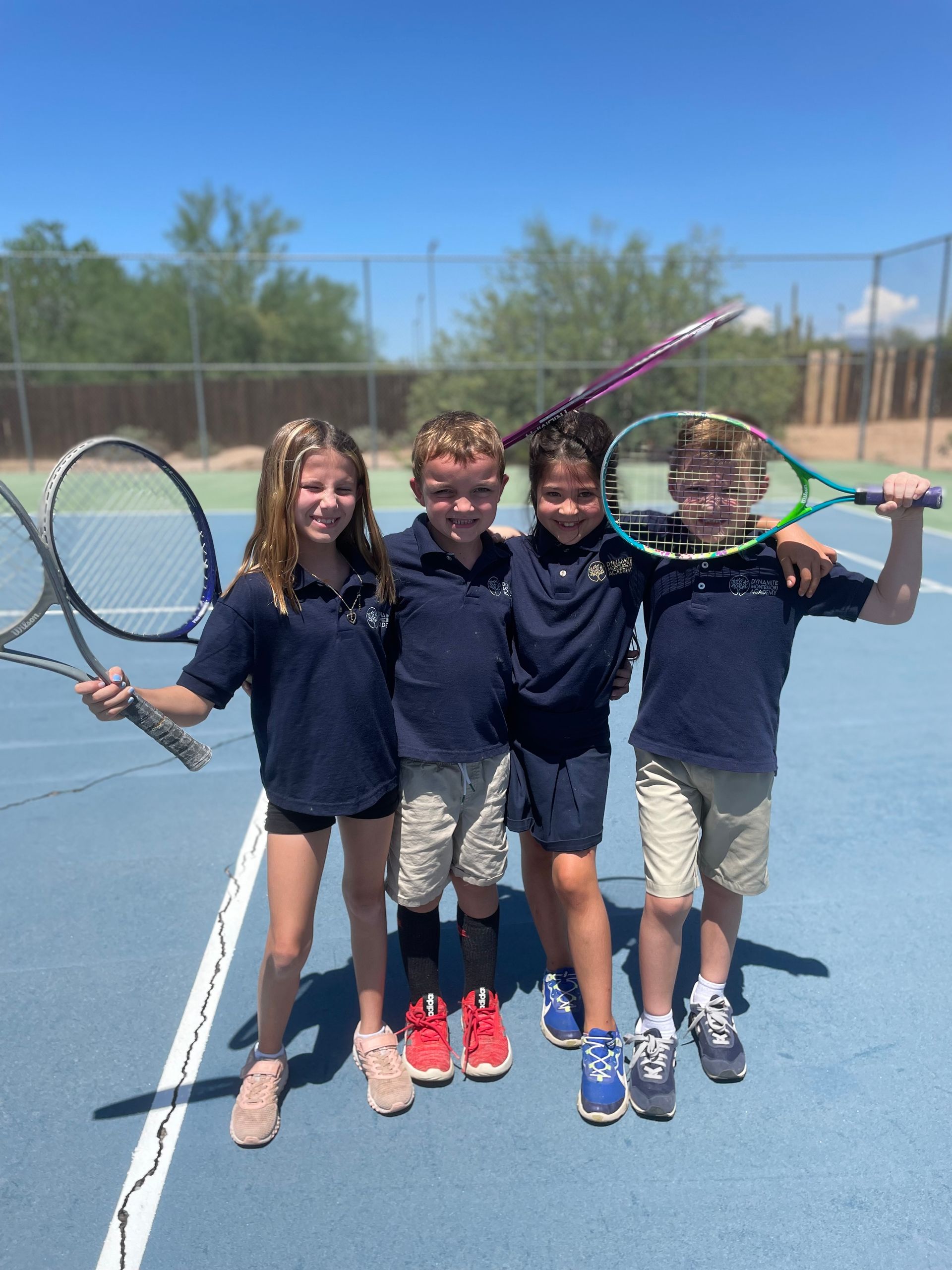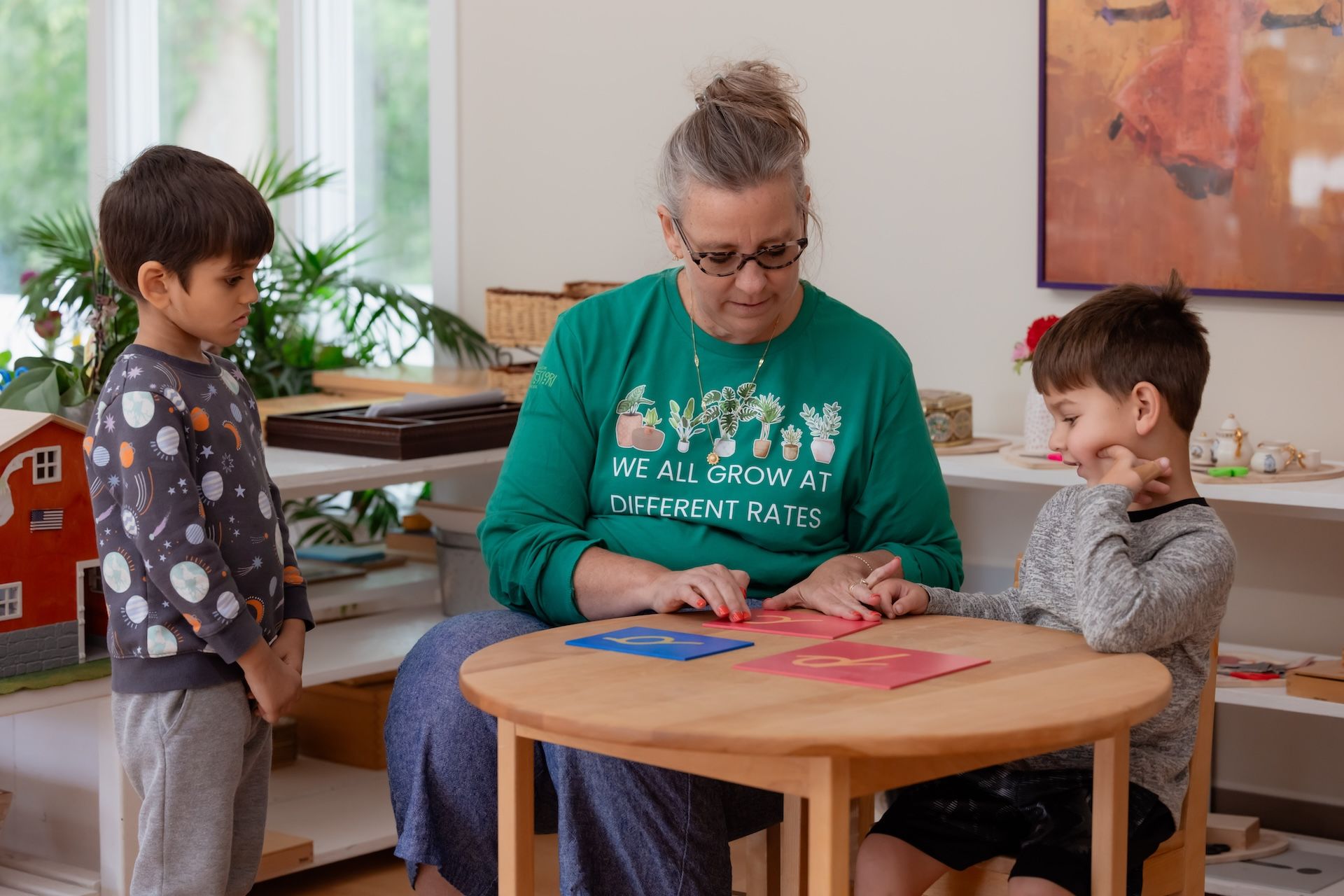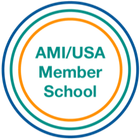Discovery & Education
A bilingual Montessori school serving children from 18 months thru 8th grade since 1998.
Our mission
Dynamite Montessori is a joyful place where children’s spontaneity is expressed, where community is fostered, and respect is practiced. It is a safe place where the wonders of nature are discovered, and people experience kindness as the powerful force it is. Ours is a place where bilingual education is pursued, strong bodies are nurtured, lifelong friendships are formed, and the love of learning never wanes.
Why do so many families choose Montessori?
Lessons are designed and given to each child when they are most ready to learn.
Social, emotional, and physical development is emphasized along with academic skills.
Current neurology and human development research consistently backs Montessori.
Our history
Dynamite Montessori Academy is a family-owned business in Cave Creek, Arizona, that opened its doors in 1998 with 16 children. Five years later, Dynamite moved to its current location situated on five acres surrounded by horse properties. We have miniature donkeys, goats, chickens and bunnies. The children actively participate in animal care of both big and small animals and care of the overall outdoor environment.
"By far the best Montessori School in the valley! My daughter loves doing animal care with the farm animals. The academics are incredibly strong. My second grader is doing High School level Spanish. Best of all, she loves to learn! This is exactly what a quality Montessori program should look like!"
Betty S.
"I absolutely adore DMA for my girls! It feels like a close second home. The emphasis on teaching practical life skills, coupled with the warm and safe environment, makes it an ideal place for their overall growth and development. "
Michele R.
"We love the tennis, soccer, dance, chess, animal care, gardening and other activities that our child can do without leaving the DMA campus. Our son has really thrived in this environment! "
Otto V.
Visit us!
We invite you to visit our school, meet the teachers, and observe the children in their classrooms. We encourage you to ask questions and learn about the opportunities available at all levels of our programs.








